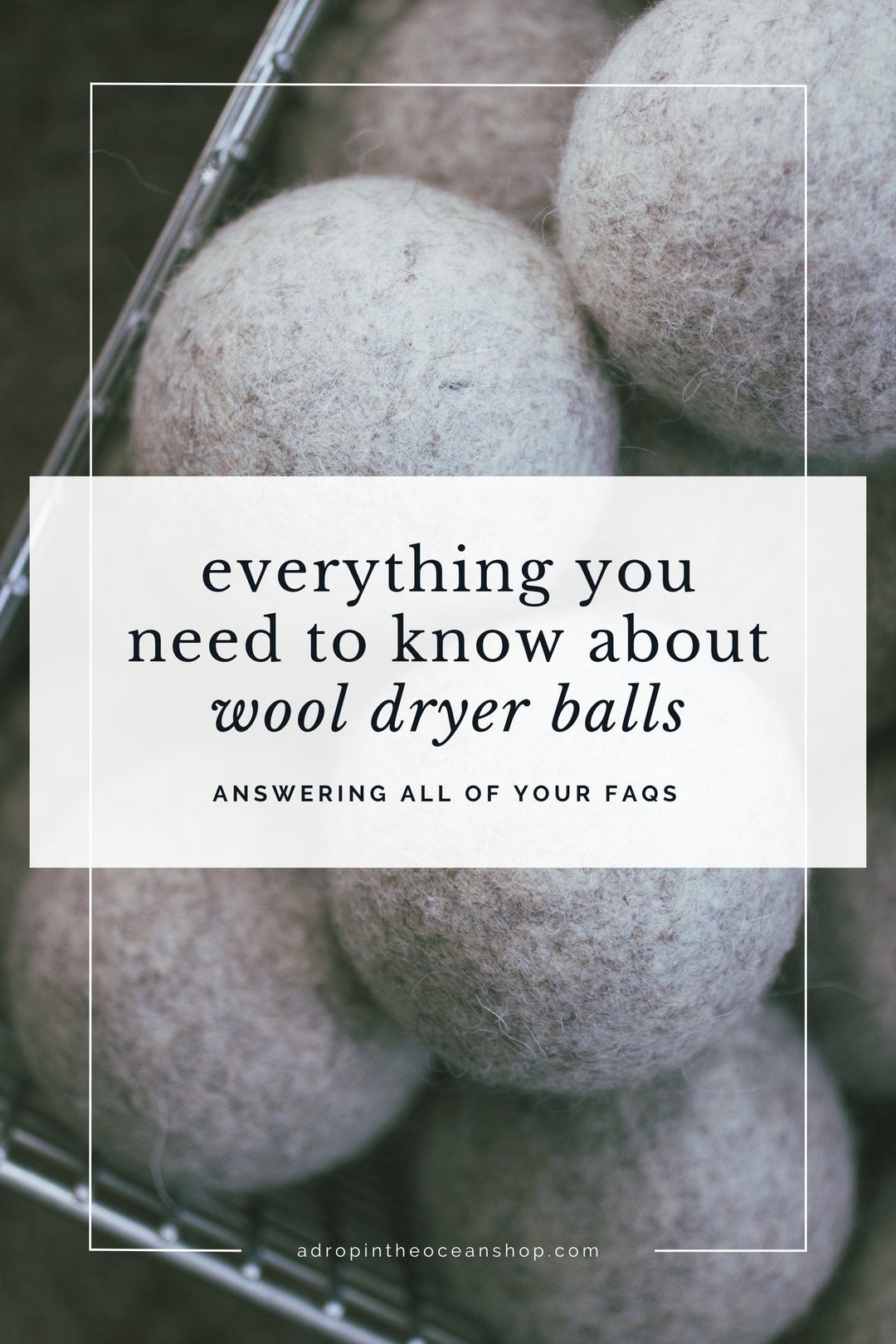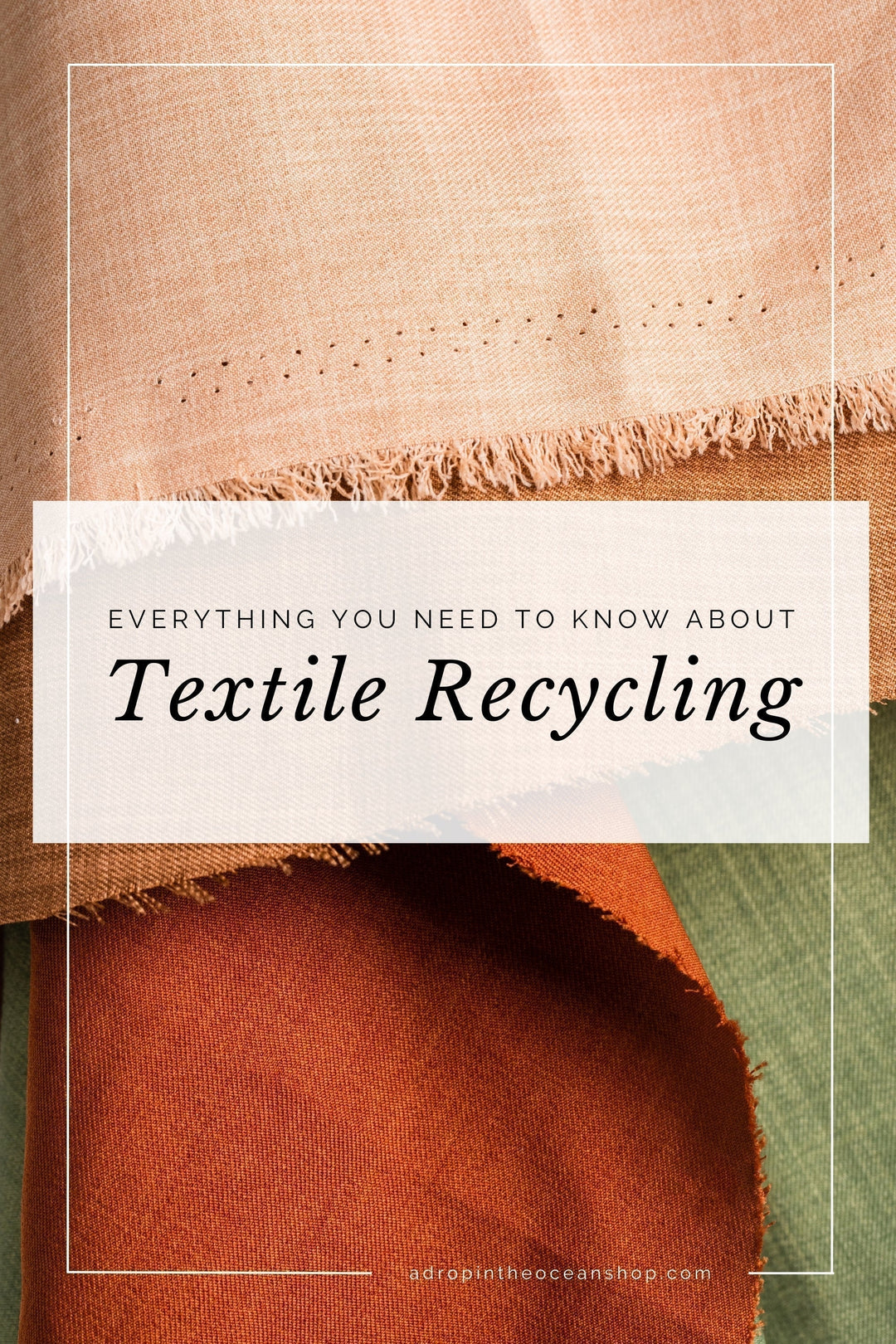7 Ways to Keep Holiday Lights Out of Landfills

This post first appeared in our weekly Make Waves Mondays email series on December 19, 2022.
Oh my GOODNESS, friend, I can’t believe I’m saying this but we have ARRIVED at the very last blog of the year. Next week I’m taking a much-deserved break and enjoying the rest of the year relaxing, eating yummy good, and spending time with my favorite people.
Now, to round out the last few weeks of holiday cheer blogs, this week let’s tackle a big question that’s always on our minds after the holidays…
What the heck do I do with burnt out holiday lights?
Well, friend. Let’s take a look.
Why should we keep burnt out string lights out of landfills?
Each year, Americans as a whole spend a whopping $6 BILLION on Christmas decorations. That’s a whole heck of a lot of decor - from lights to wreathes to those giant inflatable Santas.
And we’ve all experienced the let-down of plugging in a strand of lights to hang for the holidays only to discover half of them are totally burnt out.

In the past, maybe we’ve just tossed those strands into the trash can and moved on with our day, but now we’re EcoWarriors and we know there’s got to be a better way.
And there absolutely is. But why does it matter?
Here’s the thing:
Christmas lights can pose some pretty serious problems when they’re sent to a landfill.
Most holiday lights are made with CFL bulbs, or compact fluorescent lightbulbs. While CFLs are more efficient than the incandescent bulbs of yesteryear, each bulb contains mercury, which can leach into the landfill and the surrounding areas if they break, along with lead and other toxic metals.
On a more positive side of the holiday light recycling spectrum, the lights and wires are often made with copper, which is super valuable and has a lot of demand across the world for so many reasons.
And as we discussed last year with sustainable jewelry, metals are really hard on the environment when we extract them, but are basically 100% recyclable over and over and over again.
So if we can pull the copper out of our burnt out Christmas lights and get it back into circulation, that’s gonna make a huge difference in cutting down on mining!
And when we look at reports of e-waste (things like computers, smartphones, smart devices, etc.) being predicted to double in the next 30 years, getting as many metals back into the recycling stream as possible is only going to get even more critical.
So where can we take our Christmas lights for recycling?
The good news is there are a lot of different options for recycling holiday lights - even if you don’t have any local, in-person options.
But first - are the lights fixable?
Okay yeah so I’m not gonna pretend I’m a pro on this one, but if you’re feeling up for it, check out this super robust guide on how to troubleshoot and fix holiday lights - and how to care for them to keep them working their best year after year.

Photo by Tessa Rampersad via Unsplash.
And when they really are donezo and it’s time to find their new recycling home, here’s a few options to get you started:
In-Person Recycling
Municipal recycling. First, check out if your city offers a recycling program for holiday lights! You will most likely NOT be able to put them in your curbside bin! All you’ve gotta do is a quick Google search for “can I recycle holiday lights in [your city]” and I can almost guarantee you’ll get an immediate answer with where and how exactly to recycle them.
And, bonus! Even if your city doesn’t offer holiday light recycling, they’ll more than likely provide you with a few local alternatives. (Your city wants to save money and waste from landfills, too!) This is definitely where I’d recommend starting.
➡️ If you live in Tacoma, you can drop off string lights (and real Christmas trees!) at the Tacoma Recycling Center seven days a week.
Hardware store drop-off. If your city doesn’t accept holiday lights for recycling, there may be a hardware store around you that does! Check locally-owned first if you can, otherwise major stores like Lowe’s often accept Christmas lights around this time of year. Give your local store a call to double-check first!
Your local zoo or aquarium. Many zoos and aquariums will offer holiday light recycling in the winter months! For example, here in Tacoma, Point Defiance Zoo and Aquarium’s holiday light recycling is available in November and December every year. Down in Texas, Houston Zoo has recycled over 26,000 pounds of holiday lights in the last six years! Go support your local accredited zoo or aquarium and check if they have a Christmas lights drop-off bin too!
** If the lights still work, and you’re just looking to upgrade, try offering them to your local Buy Nothing Group, OfferUp, or another buy/sell/trade group. As a last resort, you can take them to a local thrift store, but please do not donate lights that don’t work. It’s a waste of time, energy, and money for all parties involved and will ultimately still end up in a landfill.

Photo by Megan Nixon via Unsplash.
Mail-In Recycling
Green Citizen. If you don’t have any drop-off locations around you, Green Citizen will take your burnt out lights for recycling for just $1 per pound, plus shipping. Just fill out their online form, get your mail-in ID number, and ship your lights to them! What I love about this program is they track every item they recycle with an unique serial ID to ensure nothing gets illegally dumped (as can happen with some specialty recyclers... *ahem* Terracycle *ahem*).
Holiday LEDs. Similar to Christmas Light Source, Holiday LEDs will also take your burnt out holiday lights and work with a third-party recycler to get all of the components of the lights back into the production stream. Their process is the same as Christmas Light Source.
Pro-tip from Holiday LEDs: Coordinate your shipment (for either of these options) with your friends, family, neighbors, and coworkers. You’ll save money on shipping, plus create less packaging waste and shipping emissions.
In summary…
If you’ve got burnt out holiday lights, don’t send ‘em to landfill!
By keeping the lights out of landfills and getting them into a proper recycling stream, we’ll keep mercury, lead, and other toxic metals from leaching into the environment, cut down on harmful metal mining, and save space in our already-limited landfills.
Plus, ya know, it just feels good to recycle.
So, friend, will you be taking advantage of any of these options this year? Or do you have other resources to share that I may have missed? Comment below and let me know!
And, above all, I wish you the best holiday season. I hope you’re able to relax, refresh, and start the new year as your best self.
There’s lots in the works for 2023 and I can’t wait for you to be a part of it.
Have a very happy holiday, friend, and I’ll see you in the new year.
Related:
Everything You Need to Know About Textile Recycling
How "green" are specialty recycling programs?
How to Recycle Right blog posts









Leave a comment